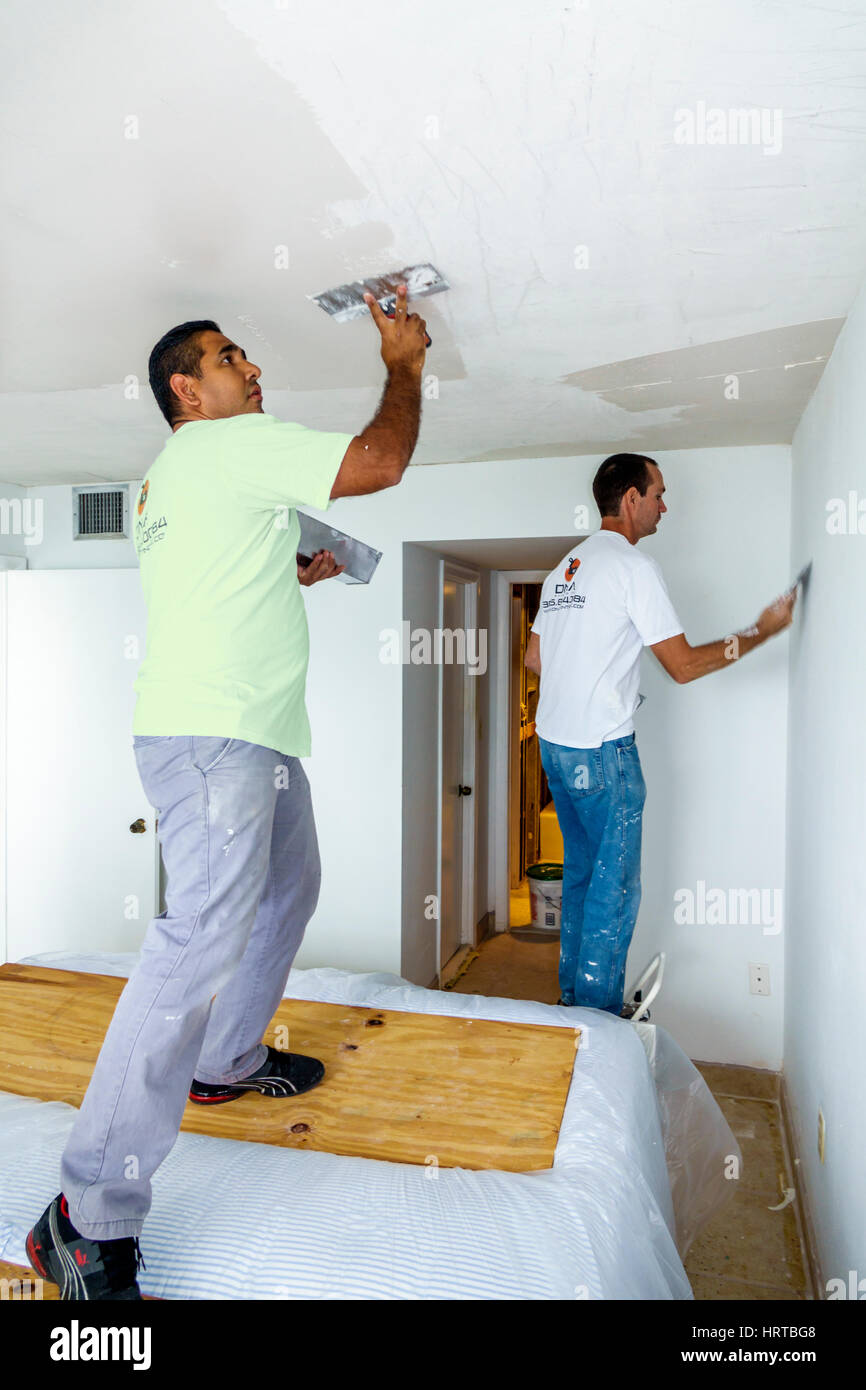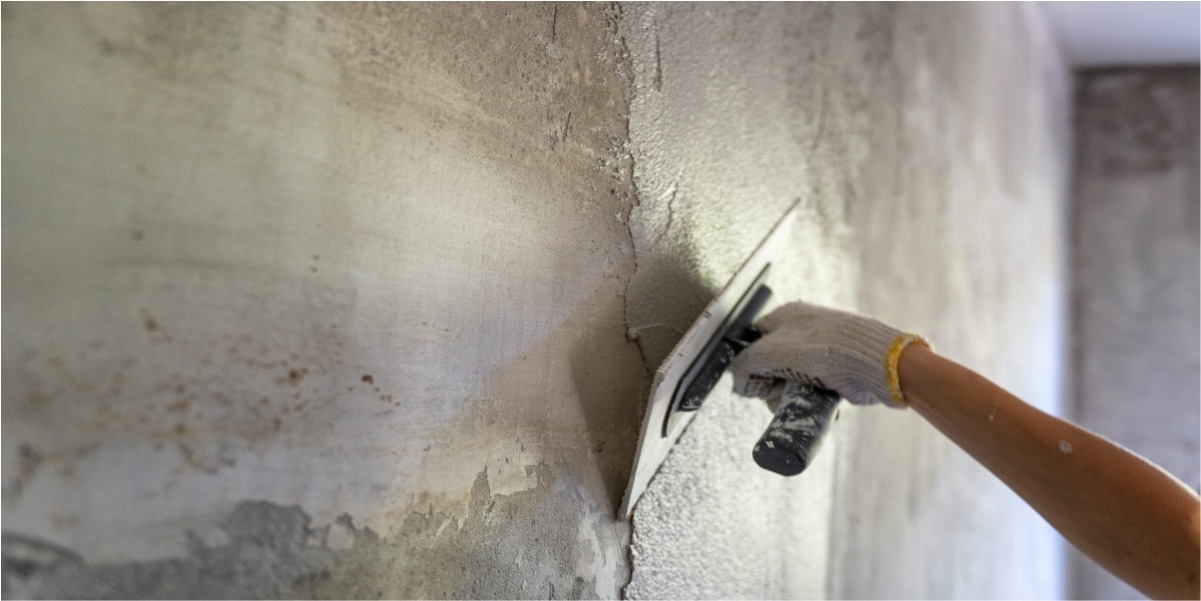Exactly how to Enhance Your DIY Skills with Proper Plastering Techniques
Exactly how to Enhance Your DIY Skills with Proper Plastering Techniques
Blog Article
A Comprehensive Overview to Mastering Plastering Abilities for Your Improvement Demands

Essential Tools and Materials
In the world of plastering, having the right devices and products is critical to achieving a flawless finish. Numerous crucial devices offer distinct purposes, ensuring performance and precision throughout the plastering process. A premium trowel, for example, is vital for using and smoothing plaster, while a hawk offers a steady platform for holding the product. A joint knife is also crucial for detailed job, specifically in sides and edges.
Along with tools, picking the best plastering products is crucial. Gypsum-based plasters are frequently favored for their convenience and simplicity of use, while cement-based options are suitable for exterior applications due to their sturdiness. Water and bonding representatives play considerable duties in accomplishing proper consistency and adhesion, guaranteeing that the plaster adheres successfully to the surface.
In addition, safety equipment such as goggles, handwear covers, and masks is vital to protect versus dirt and irritation throughout the application process. By constructing the right combination of products and tools, plasterers can enhance their ability set and create top quality coatings, inevitably raising the overall workmanship of their work.
Preparing Surface Areas for Smudging
Achieving a long lasting and smooth plaster surface starts with meticulous preparation of the surfaces to be glued. This fundamental action is vital to making sure attachment and the long life of the plaster. Start by analyzing the problem of the substratum-- whether it is concrete, drywall, or stonework-- getting rid of any kind of loosened paint, dust, or debris that may interfere with bonding.
Following, repair any kind of blemishes such as openings or fractures. Make use of an appropriate filler to accomplish a degree surface area; this can be crucial for preventing future problems. As soon as repaired, make certain the surface is clean and dry, as moisture can compromise plaster adherence.
For porous surfaces, it is advisable to apply a bonding agent. This item boosts adhesion and produces a trustworthy user interface in between the plaster and substrate. If dealing with previously plastered surface areas, it might be required to scuff or sand the location gently to give a secret for the new plaster layer.
Plastering Techniques and Tips
Mastering gluing strategies needs both skill and practice to accomplish a remarkable coating. One important strategy is the application of the plaster in several slim layers, rather than a solitary thick layer.
When using the finish layer, use a shoveling method that involves holding the trowel at a minor angle and functioning in a circular movement. This helps to produce a smooth surface and reduces the appearance of trowel marks. Furthermore, keep a spray container of water helpful to haze the surface area gently; this keeps the plaster convenient and special info enables for smoother ending up.
Timing is vital; job effectively, as the plaster begins to establish. Once the plaster has actually tightened yet is still wet, utilize a wet sponge to gently smooth the surface additionally. Lastly, permit adequate drying out time before sanding or painting, guaranteeing your effort results in a specialist, high-quality surface.
Typical Errors to Prevent

One more typical mistake is using plaster too heavily. Excitable applications can bring about splitting and long term drying out times. It's important to apply plaster in thin, also layers, enabling each coat to dry properly prior to including extra.
Additionally, not using the right tools can hinder the quality of the surface. Utilizing unsuitable trowels or mixers can develop variances in the plastering procedure. Constantly choose high-quality tools designed for gluing tasks.
Finally, numerous individuals take too lightly the significance of timing. Operating in inappropriate temperatures or moisture levels can detrimentally influence plaster curing and drying. It is recommended to check weather and adjust your schedule accordingly.
Ending Up Touches for an Expert Look
The final phases of a plastering project are essential for achieving a refined, expert appearance. As soon as the plaster has dried out adequately, the next step is to evaluate the surface for imperfections.
After fining sand, it's a good idea to cleanse the surface to get rid of any type of dirt and debris. A damp cloth is efficient for this objective, complied with by a comprehensive drying out duration. If required, applying a thin layer of completing plaster can improve the surface further, offering a seamless coating.
When the completing plaster is completely dry, one more round of fining sand might be called for to achieve the preferred smoothness. Finally, think about applying a primer prior to paint or wallpapering, which will boost adhesion and toughness.
Verdict
Understanding smudging abilities considerably improves the high quality of restoration jobs. A comprehensive understanding of crucial tools, surface area preparation, and effective strategies is vital for achieving expert results. Awareness of common blunders enables for the avoidance of pricey mistakes, while interest to finishing touches ensures a sleek look. Ultimately, the useful source integration of these aspects adds to the creation of smooth, long lasting surfaces that raise the aesthetic worth of any area, emphasizing Check This Out the importance of competent plastering in home renovation undertakings.
Water and bonding agents play considerable duties in attaining proper uniformity and adhesion, guaranteeing that the plaster sticks efficiently to the surface. Plastering.


In addition, keep a spray bottle of water helpful to haze the surface area lightly; this keeps the plaster workable and enables for smoother ending up. (Plastering)
If essential, using a thin layer of completing plaster can improve the surface area even more, providing a smooth coating.
Report this page